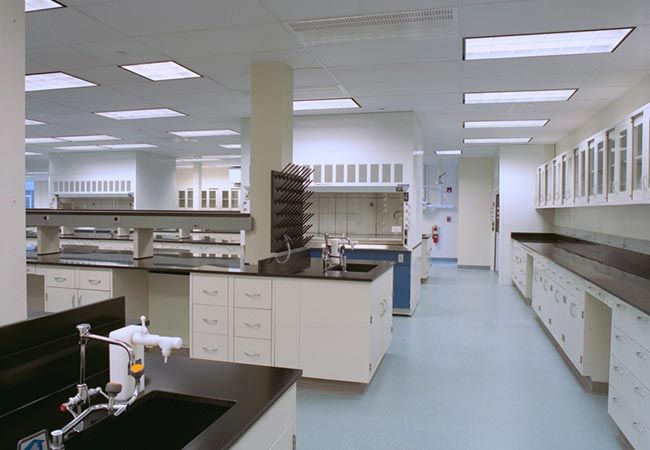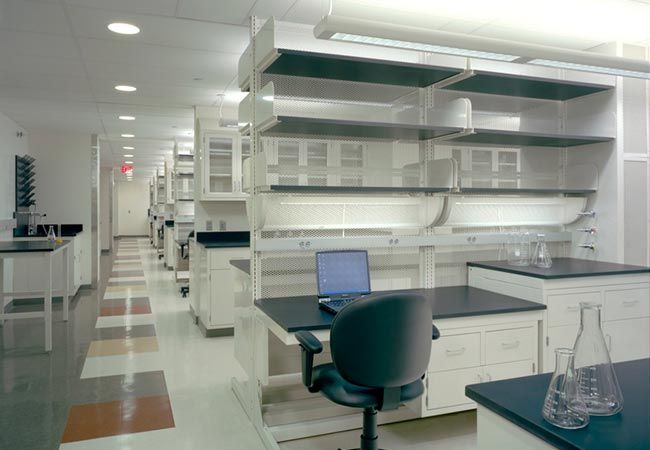Quest Diagnostics – Office Relocation
Cyma Builders & Construction Managers was selected as Quest Diagnostic’s strategic construction partner to assist with the relocation of their corporate billing operations from an existing leased facility to a new location to support the organizations growth. The project involved renovation of a three (3) story office building to accommodate Quest’s programmatic needs. The project was constructed on a fast track basis, with overall completion requirements within twelve (12) weeks of start of construction, and partial occupancy beginning within eight (8) weeks of start of construction....


